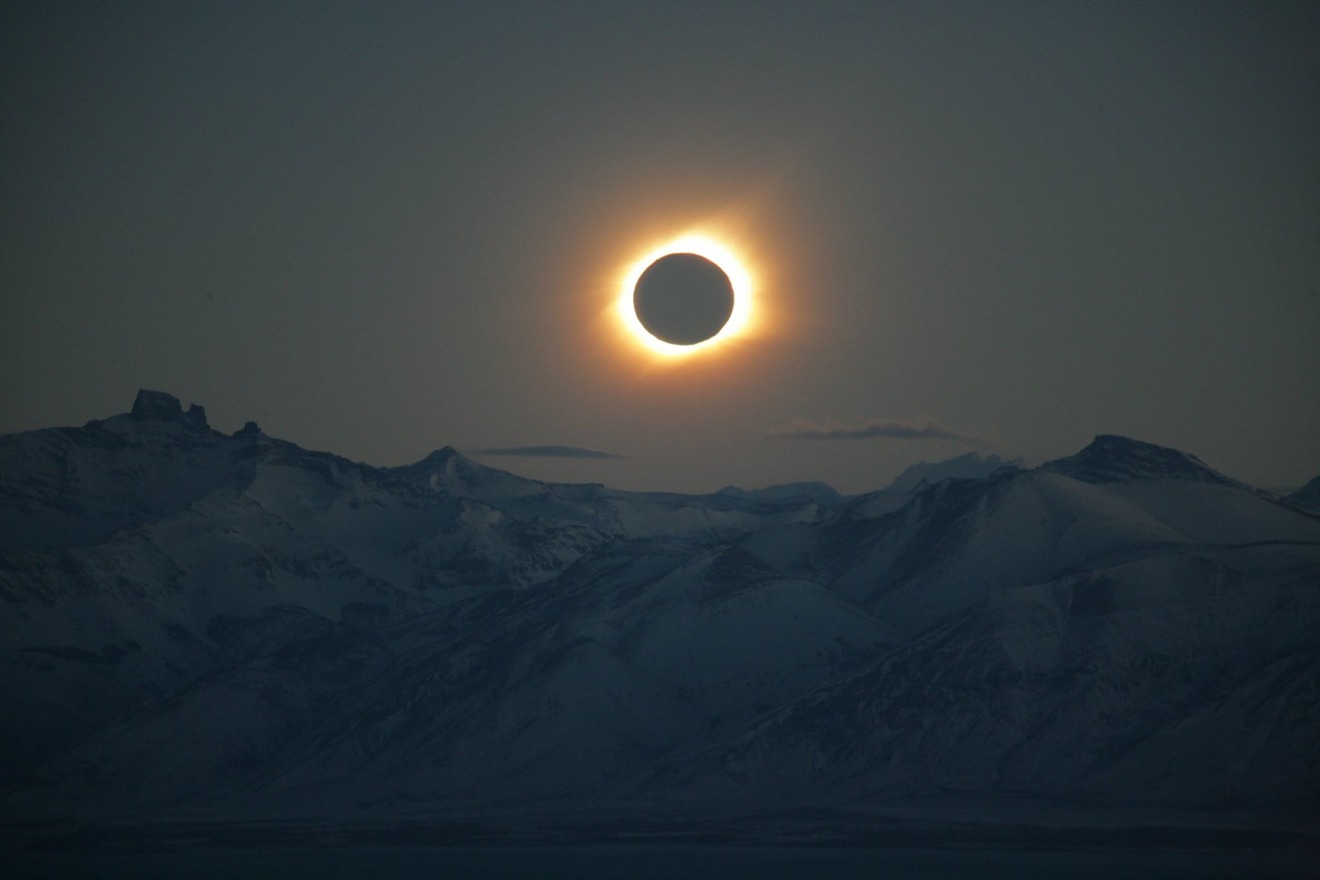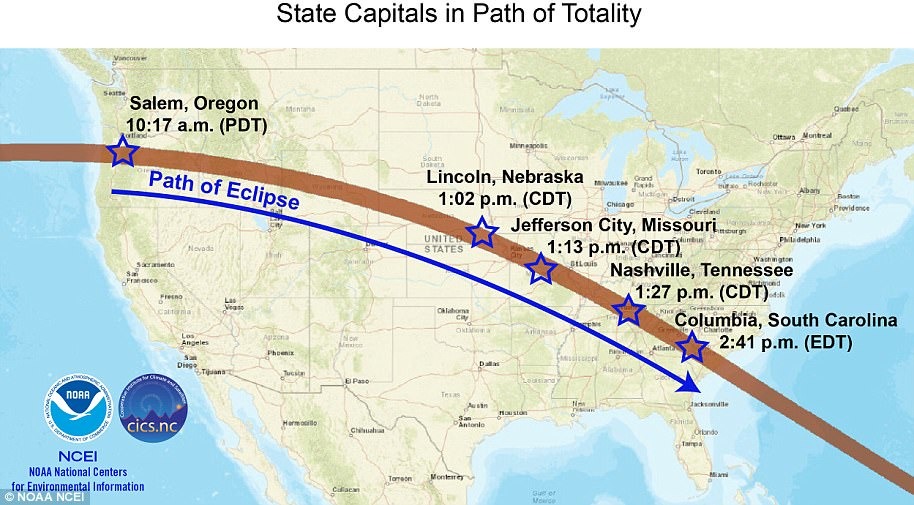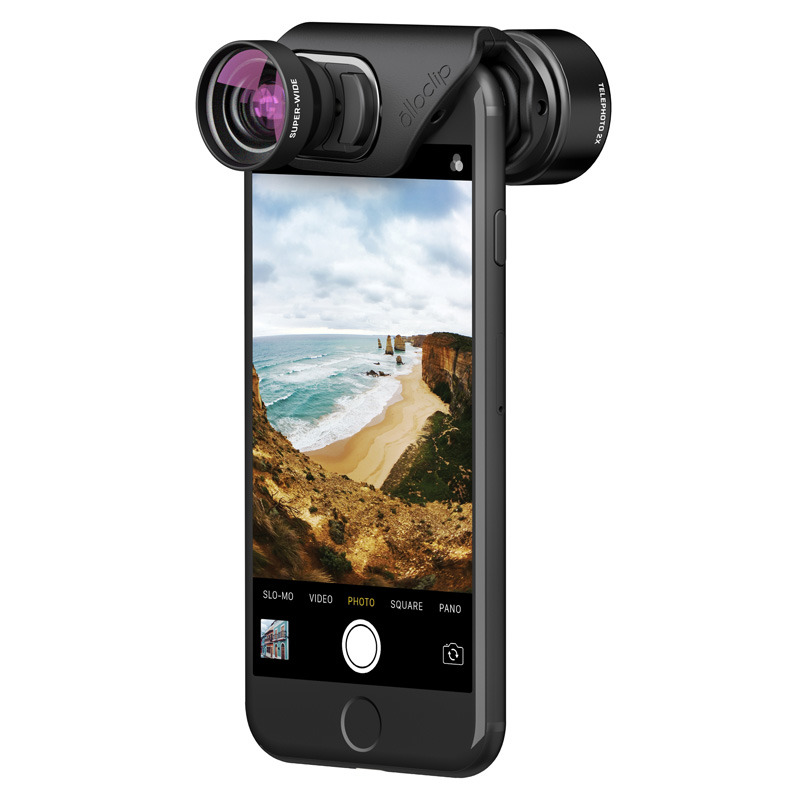On August 21, for the first time since 1918, a total solar eclipse will trace a coast-to-coast path across the U.S. Here's some tips on how to capture it with your iPhone.
First, some absolute basics. Though lot of states will see a partial eclipse, only parts of 14 will see it in totality — Oregon, Idaho, Wyoming, Montana, Iowa, Kansas, Nebraska, Missouri, Illinois, Kentucky, Tennessee, Georgia, North Carolina, and South Carolina. NASA's 2017 eclipse website is one good way of figuring out where you need to be and when, weather and budget permitting.
Regardless of where you are, be sure to wear ISO-certified eclipse glasses at all times during the event, except perhaps for the 2 minutes or so the sun is completely covered and only its corona is visible — even then, glasses must go back on before the sun re-emerges. Staring at the uncovered sun, even in a partial eclipse, can result in permanent eye damage.
Note that it's also unsafe to look through any optics pointed at the sun unless they have their own solar filters. It's alright to look at an iPhone screen, of course, so long as the sun isn't directly behind it.
General rules
Whether you use iOS 10's built-in camera app or a third-party one, be sure to disable flash and use automatic exposure settings whenever possible, unless you're a veteran photographer or videographer. Eclipses create dramatic shifts in lighting that can be hard to compensate for. If you do need to change exposure, try tapping on different areas around the moon to select a focus/metering point, and perform any manual adjustments from there.
Whenever the sun is partially eclipsed — and perhaps totally as well — cover the iPhone lens with a solar filter, such as a second pair of eclipse glasses. This should prevent the sun's light from completely overwhelming an image, as well as eliminate any risk of electronics damage.
In composing shots, be mindful that it's not always necessary to put the sun and moon in the center of the frame. Some of the most interesting shots can involve the effect on the sky, scenery, and audience, and even with accessories, most smartphones don't have the telephoto range to make an eclipse fill the frame. That includes the 2x optical zoom on the iPhone 7 Plus.
Avoid the temptation to use digital zoom — anything beyond 1x on most iPhones, or 2x on the 7 Plus. This simply blows up part of an image after optical zoom runs out, which can make noise and compression artifacts more visible without actually improving detail. It's better to shoot a regular-sized image, since you can always crop later.
Apps & accessories
If possible, try mounting your iPhone on a tripod such as a GorillaPod, then set a short timer if you're doing still photos. That should reduce any blur that might come from shaking hands or low light.
It may be difficult to fill the frame, but it's still worth buying a clip-on telephoto lens to get the best possible image. Many of these are surprisingly cheap, though of course you get what you pay for, and the lens has to match your iPhone model. It's best to stick to reputable brands like Moment or Olloclip if you intend to use a lens after the eclipse or simply care about build quality.
One useful app for the event is the Exploratorium's Total Solar Eclipse. It's a free download, and not only includes a wealth of information but the ability to watch one of five planned livestreams, such as one narrated by the Exploratorium and NASA scientists, and even one with live music by the Kronos Quartet. A built-in Twitter view tracks several common hashtags.
Since an eclipse is less dramatic if clouds are blocking it, you might consider an advanced weather app like Dark Sky. It does cost $3.99, but it works on iPhones, iPads, and Apple Watches, and delivers minute-by-minute forecasts for the current hour, plus hour-by-hour forecasts for the week. These predictions are also based on your exact location, which may be handy if you're watching outside a town or city.
If you want to spend money on a camera app, we recommend ProCam 4 for the ultimate in manual control. For eclipse shots, the main adjustments to be made are ISO and exposure settings, which are easily accessed using ProCam's built-in sliders.
Final thoughts
All else being said, spend as little time shooting photos and video as possible. The full impact of an eclipse comes from seeing it with your own eyes, and it'll be over far too soon.
 Roger Fingas
Roger Fingas










-m.jpg)






 Charles Martin
Charles Martin

 Malcolm Owen
Malcolm Owen
 William Gallagher
William Gallagher

 Christine McKee
Christine McKee
 Wesley Hilliard
Wesley Hilliard








28 Comments
Thank you for this.
Great tips! It's unfortunate some prime viewing areas in Oregon are closed due to the forest fires burning in the state. A good free app to use with manual camera controls is the Adobe Lightroom mobile app.
What happened to using two sheets of (preferably white) cardboard, one of which has a pinhole in the center... which serves as a 'lens' to project the sun's image onto the second sheet... which itself is safe to look at directly (no other optics neeed).
This was part of science curriculum back in the day.